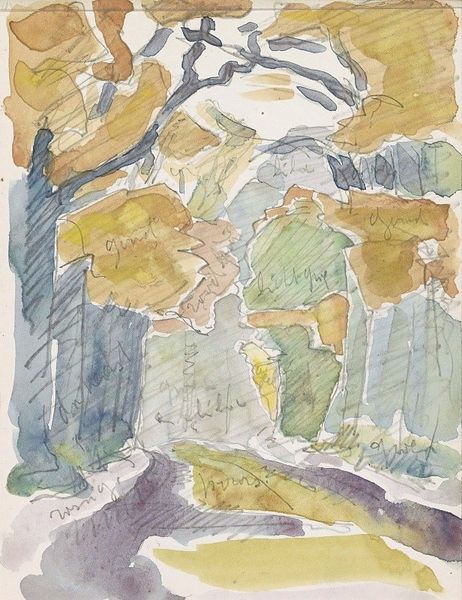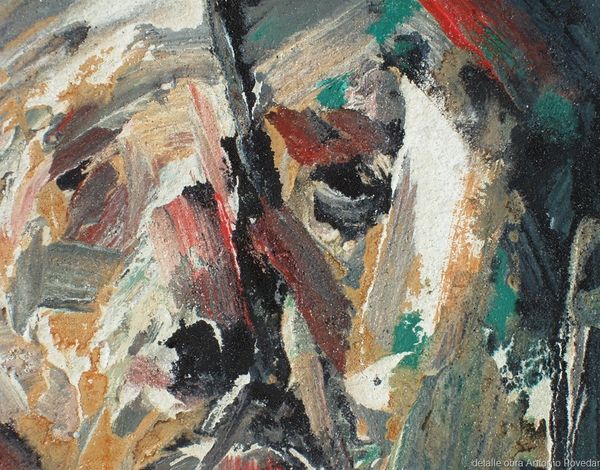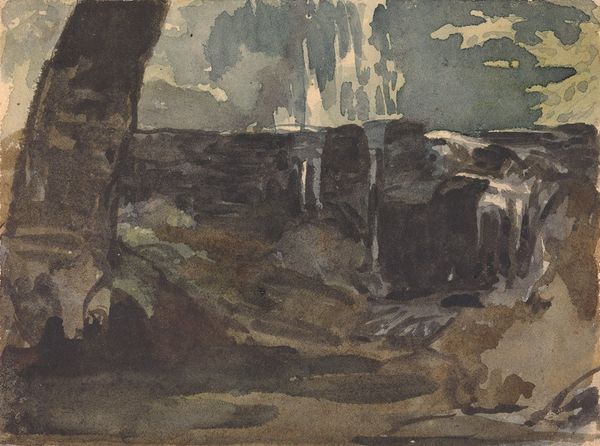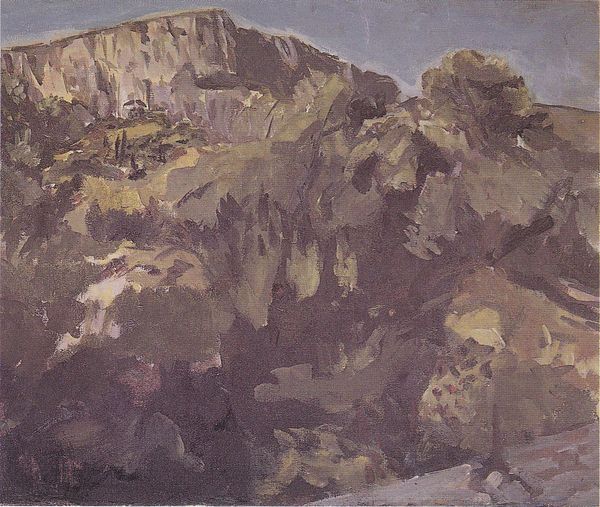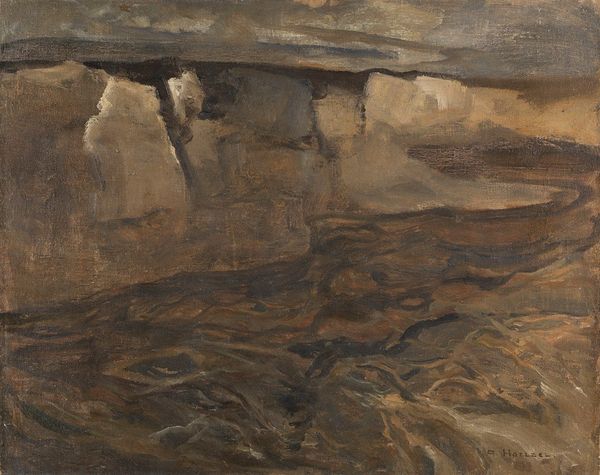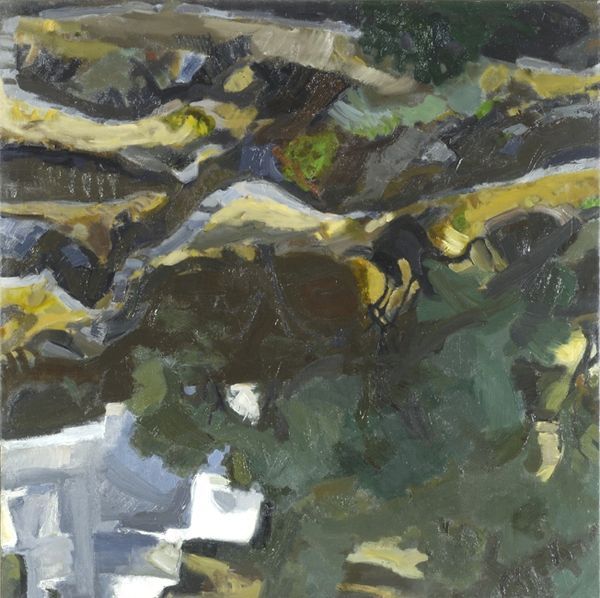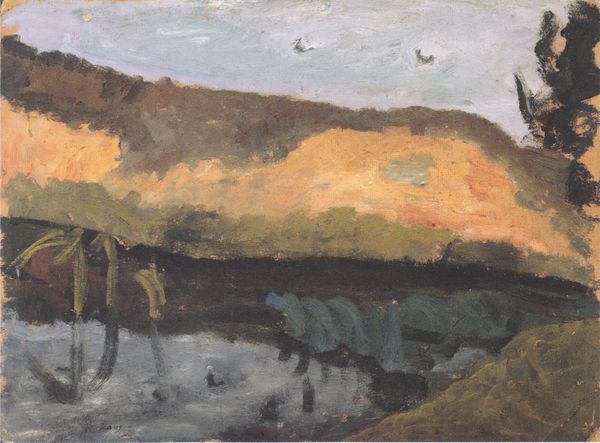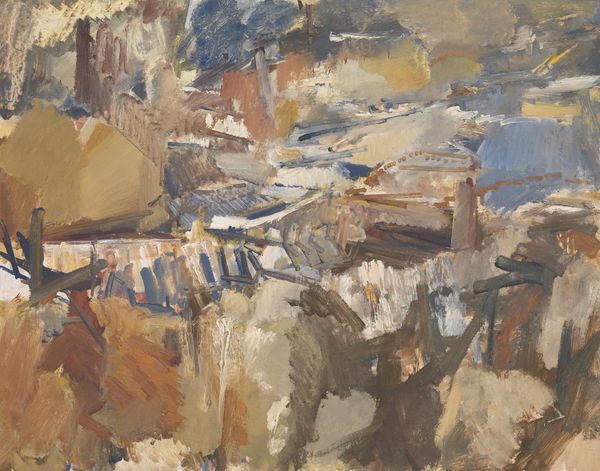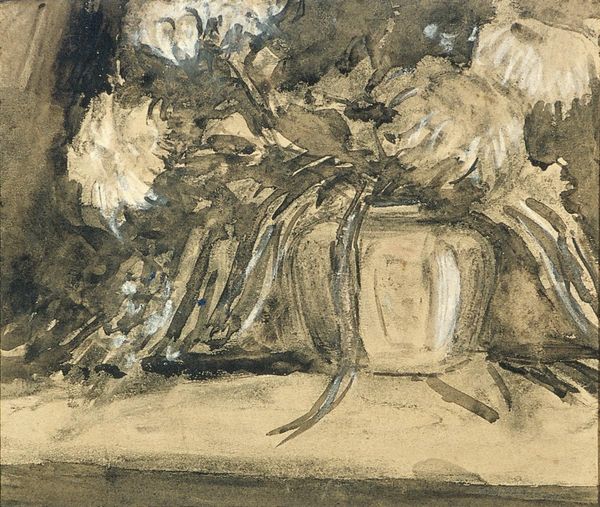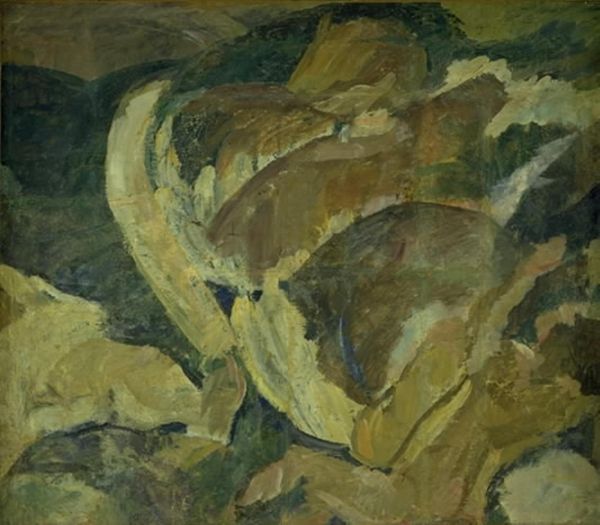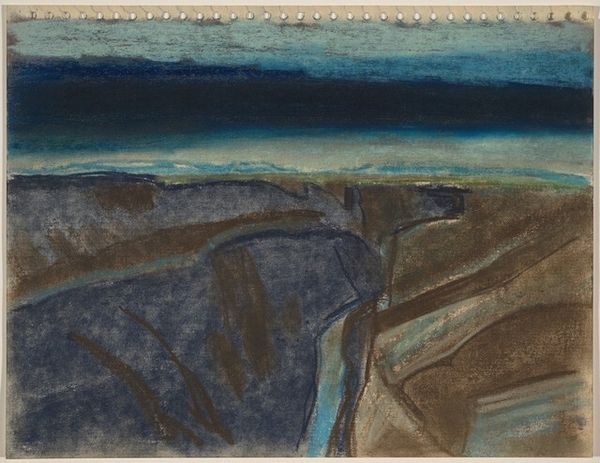
plein-air, watercolor
#
plein-air
#
landscape
#
watercolor
#
watercolor
Copyright: Rijks Museum: Open Domain
Editor: This watercolor, "Bomen in een heuvellandschap," or "Trees in a Hilly Landscape," by Johan Antonie de Jonge, seems to capture a very specific moment, perhaps the end of the season. It feels so immediate. What can you tell me about it? Curator: The “immediacy” you perceive may relate to the artist’s commitment to “plein-air” painting. There’s a focus on fleeting atmospheric effects, but beyond that, consider the date, sometime between 1881 and 1927. This puts it squarely in a period grappling with industrialization and urbanization. What might the act of painting “en plein air” signify in that context? Editor: Escape? A return to simpler, perhaps idealized, natural scenes away from the urban grind? Curator: Precisely. And that impulse connects to larger social and cultural anxieties. Consider the rise of landscape painting’s popularity during this era, think about who these landscapes were made for, who had the leisure to enjoy and acquire them. It becomes less about objective representation and more about cultural values. Editor: So it’s not just a pretty landscape. It's also making a statement? What kind of statement exactly? Curator: Potentially about national identity. Think of landscape painting becoming intertwined with ideas of homeland and heritage during the 19th century. A seemingly innocent landscape can become a powerful symbol. I wonder, considering the location of the artist and the lack of specified location for the artwork, how can that complicate these suggestions of cultural identity and symbolism? Editor: That's a lot to unpack from such a simple image! I was just seeing pretty colors before, but now it’s so much more complex! Curator: Exactly! That is how cultural and historical contexts reshape our interpretations of art. Now you are equipped to do it yourself!
Comments
No comments
Be the first to comment and join the conversation on the ultimate creative platform.

